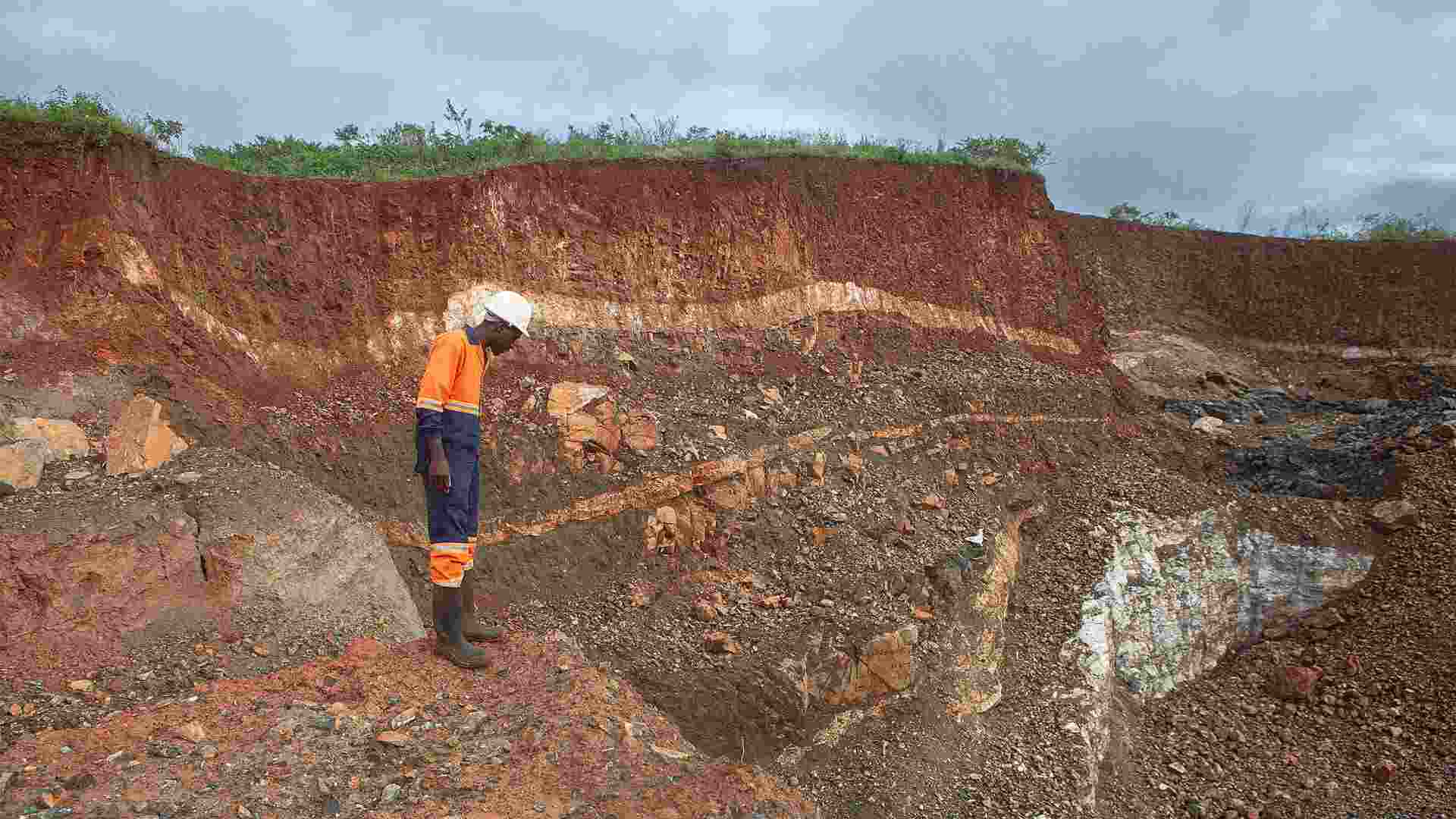- | 9:00 am
What does the term ‘clean energy’ even mean?
‘Clean energy’ can sometimes be made with dirty supply chains or result in environmental harms. Should we keep using the term?

This article originally appeared on Inside Climate News. It is republished with permission. Sign up for the newsletter here.
At a conference this month, a reporter gave a compelling presentation that touched on how many “clean energy” sources depend on supply chains or processes that are far from clean. A lot of the problem is in the mining of metals used in solar panels and lithium-ion batteries, which can devastate the places where they are extracted.
Even though it was first thing in the morning, and I was only a few sips into my first cup of coffee, the presenter, Jael Holzman of Axios, had my attention. After all, I write a newsletter called Inside Clean Energy.
I have heard many versions of the argument that clean energy is dirty because of the need to mine lithium, cobalt, and other metals. But it hit me differently coming from a fellow reporter whose work I admire. It made me ask what clean energy means and whether it’s a term I should continue to use. (Holzman has written or cowritten many stories that touch on environmental concerns related to the rise of clean energy technologies.)
Let’s start with a definition. When I say “clean energy,” I mean, essentially, “carbon-free energy.” Why don’t I just say “carbon-free energy”? Because it’s a mouthful, especially when repeated several times in a story.
To be even more specific, when I say “clean energy,” I mean energy sources that emit zero carbon or near-zero carbon at the power plant level and when used by the end consumer. This includes wind, solar, hydro, and geothermal power, among others. It also includes nuclear power. Does it include the burning of wood and other biomass? Probably not, but that’s a question whose answer would be a long digression.
I do worry, however, that the term clean energy may mean different things to different people to the point that it isn’t useful.
A big point of conflict in this discussion is whether nuclear should be considered clean. There are justified concerns about environmental issues related to uranium mining and disposal of spent nuclear fuel. At the same time, nuclear power plants are among the world’s leading sources of carbon-free electricity.
To get a better sense of what clean energy means and whether we should be using the term, I got in touch with two people who spend a lot of time writing and thinking about energy: Catie Hausman, a University of Michigan public policy professor, and Eric Gimon, a senior fellow at the think tank Energy Innovation.
“The idea that we should retire [the term clean energy] because no energy is totally clean is just ridiculous,” Hausman said.
She said the concerns about environmental damage from mining are important to consider, but they pale in comparison to the damage from extracting, refining and burning fossil fuels.
What about nuclear power?
“Within the U.S., I’m perfectly happy to put nuclear in the category of clean because I think we have a pretty darn good track record of using nuclear for power generation in a way that is safe,” she said.
Gimon, too, views clean energy as a useful term, especially for talking about energy with laypeople, and in drawing a contrast between carbon-free energy sources and energy generated from fossil fuels.
But he makes some distinctions. He is okay with using clean energy in a conversation, but finds the term less useful when discussing the details of policy, such as which technologies are eligible for government aid. For example, the burning of hydrogen to produce electricity is not something that can easily be categorized as dirty or clean, and requires a deeper examination of the process being used, he said.
Gimon uses the shorthand “clean enough” to explain why some technologies can be described as clean even if they are not 100% clean on a life cycle basis. He thinks a reasonable person can see that generating solar power, for example, is much cleaner than burning coal, even with a thorough accounting of life cycle emissions.
“We’re fighting for our lives here,” he said.
The word clean can be used to obfuscate, like the way that the natural gas industry describes its product as “clean,” and the generation-long push to promote “clean coal.”
But this isn’t a reason to stop using the term clean energy, Hausman said.
“If we were to discard the term clean energy, I think that people that want to obfuscate would find another way to leverage whatever term we started to use,” she said. “So I’m going to keep using the term clean, and my classes are going to keep having the same discussion about what we mean when we say ‘clean.’”
I’m sympathetic to the view that the term clean energy has some shortcomings. I can see how someone who focuses mostly on mining or on issues related to nuclear waste would be uncomfortable using the term.
But I’m not planning to stop saying “clean energy,” at least not yet. As long as the world continues to get a large share of its energy from fossil fuels, which are harmful at almost every point of their life cycle, “clean energy” is useful as a shorthand, with proper caveats.
What are the caveats? That would be a long list, but I’ll leave you with a big one: No energy source is completely clean.
—By Dan Gearino, Inside Climate News






































